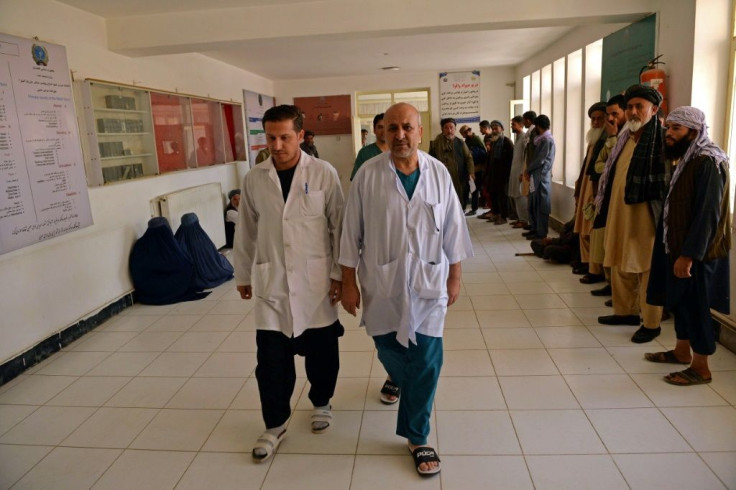Majority Of Doctors Overestimate A Medical Outcome's Chances Of Success, Study Finds
KEY POINTS
- Doctors were asked to estimate the probability of success in three scenarios
- Nearly 80% overestimated probability of success of a medical procedure
- Researchers believe inaccurate estimates can put patients at unnecessary risk
Doctors have the proclivity to overestimate the probability of success in multi-step procedures. It has something to do with their inability to accurately determine the success of a medical outcome when two independent events are involved, a new study has found.
The said study, published in JAMA Network Open, shed some light on doctors' decision-making skills, highlighting that 78% of them inflated the success of a single medical procedure than two intermediate steps leading to the procedure.
"All too often, doctors act as though the stars align more frequently than they actually do," Scott Aberegg, lead author and critical care pulmonologist at the University of Utah Health, said, as per a news release. "They tend to focus on the desired outcome rather than the actual chances of success involved in each intermediary step. We can't continue making medical decisions that way. We need to base them on more realistic expectations."
78% of Doctors Inflate Estimates of Medical Procedure Success https://t.co/KxDwRIyCPf
— SciTechDaily (@SciTechDaily1) July 30, 2022
In their experiment, the researchers asked 215 obstetricians and pulmonologists to evaluate scenarios that they might come across during medical care. They gave the doctors three situations and asked them to judge the probability of different procedures.
In one scenario, for instance, doctors were told to imagine being approached by a 29-year-old pregnant woman in labor. However, the child was not positioned correctly for a vaginal birth. The doctors were then asked to assess the probability that a C-section would not be needed and that the baby would move into a convenient position.
"Many physicians simply aren't good at calculating probability," Aberegg explained. "As a result, they commonly miss opportunities to make better treatment decisions."
Eight of the 10 doctors who evaluated the three scenarios incorrectly estimated that the likelihood of the desired outcome was more than the probability of the two individual events needed for it to occur.
This is a mathematical impossibility, according to Aberegg. This folly is termed as conjunction fallacy and is defined as the phenomenon where the probability of a combination of two independent events exceeds the probability of either part.
"Our study shows that if you poorly estimate the probability of two events needing to happen to get the result you desire, then you could be putting your patients at unnecessary risk," Aberegg added.
"In the case of the childbirth scenario, you could end up waiting around for a long time for that baby and end up having to do a C-section anyway. That delay could be harmful for both mother and child," Aberegg said further.

© Copyright IBTimes 2024. All rights reserved.





















